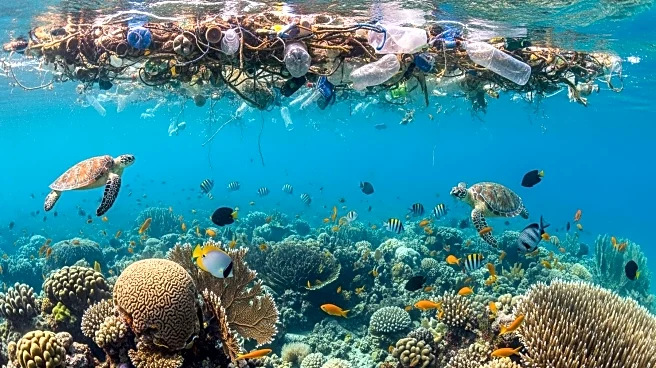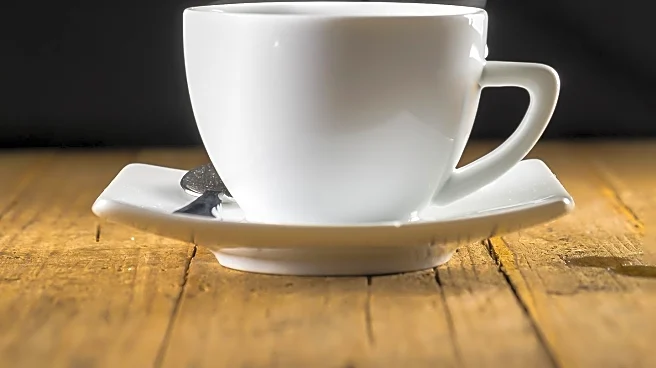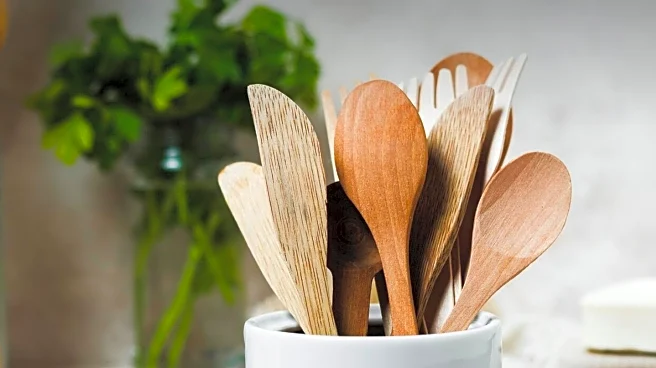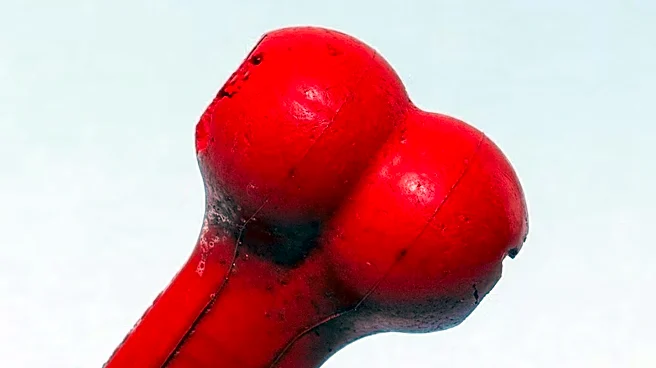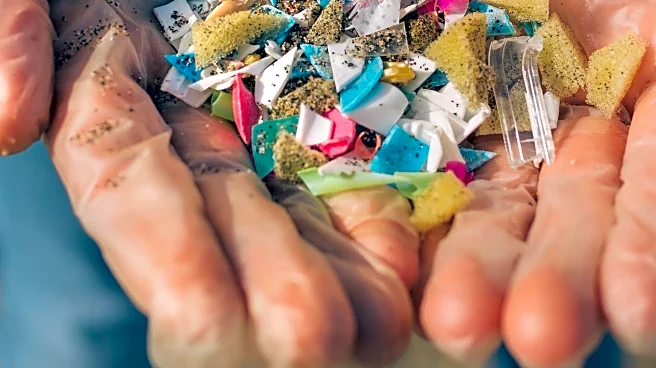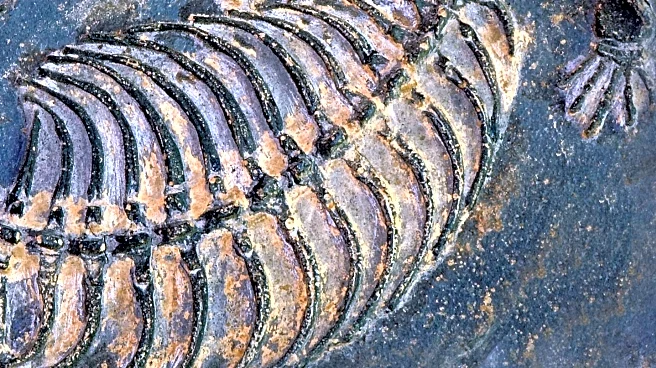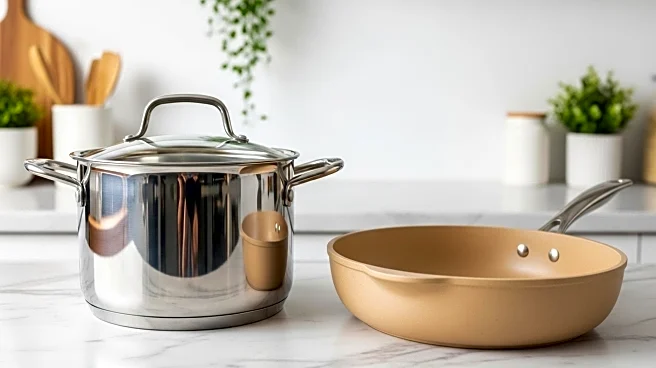What is the story about?
What's Happening?
A recent study conducted by researchers at the University of Birmingham has found that energy drinks, along with other beverages, contain microplastics. The study analyzed 31 different types of drinks, including coffee, tea, soda, and juice, and discovered that microplastics are present in all of them. Energy drinks were found to contain between 14 to 36 microplastics per liter. The study highlighted that hot beverages tend to have higher concentrations of microplastics compared to cold ones, suggesting that heat increases the release of microplastics from packaging materials.
Why It's Important?
The presence of microplastics in beverages is concerning due to potential health risks. Microplastics can accumulate in human organs and tissues, potentially causing damage to cells, disrupting gut bacteria, and triggering inflammation. These particles can also carry harmful chemicals, such as heavy metals and hormone disruptors, which may interfere with bodily processes like reproduction and metabolism. The study's findings underscore the need for legislative action to limit human exposure to microplastics, as they are pervasive in the environment and pose long-term health risks.
What's Next?
The study suggests that keeping drinks cold can reduce microplastic exposure, offering a simple mitigation strategy for consumers. Researchers advocate for legislative measures to address the widespread presence of microplastics in consumer products. Further research is needed to fully understand the health implications of microplastic ingestion and to develop effective policies to protect public health.
Beyond the Headlines
The study raises ethical and environmental concerns about the use of plastic packaging in the beverage industry. It highlights the need for sustainable packaging solutions to reduce plastic pollution and its impact on human health. The findings may prompt consumers to demand more eco-friendly packaging options and encourage companies to innovate in this area.
AI Generated Content
Do you find this article useful?


